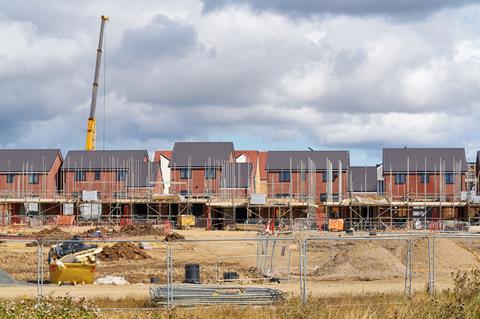
While collectively, local authorities surpassed their targets to build 247,000 homes, this analysis showed that there was still a long way to go towards meeting the government’s target of 300,000 homes a year by 2025.
This is yet another example of the need to draw on a diverse combination of public and private investment to address the UK’s housing crisis.
Announced recently, an increase in the Public Works Loan Board interest rate is likely to further affect the extent to which local authorities are able to invest in housebuilding. There is a pressing need for low-cost housing, but if councils are to deliver on the government’s election promise of a million new homes, there must be a robust effort to drive private capital into housing development.
Housing developers and local authorities need to draw on the broadest possible pool of capital to achieve the intended goals. This means thinking of ways to incentivise housing developers to build low-cost housing in areas where local authorities performed poorly, and of new ways in which alternative finance and private investment can be committed to support these projects.
For instance, policies such as tax breaks for individuals, pension schemes and family offices lending directly to accessible housing developers, and relaxing the rules around pensions and SIPPs, could stimulate private investment.
An additional strategy would be to allow local authorities to channel funds through alternative finance platforms directly to developers.
The fact that some authorities did meet their target suggests there is the potential to meet the government’s target of 300,000 new homes annually. But to achieve this, we need to be more innovative and resourceful in supporting housing development and ensuring that the necessary funding enters the sector.
Yann Murciano, chief executive, BLEND Network






























No comments yet